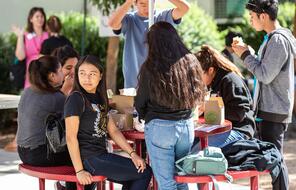Resource Library
Find compelling classroom resources, learn new teaching methods, meet standards, and make a difference in the lives of your students.
We are grateful to The Hammer Family Foundation for supporting the development of our on-demand learning and teaching resources.

Introducing Our US History Curriculum Collection
Draw from this flexible curriculum collection as you plan any middle or high school US history course. Featuring units, C3-style inquiries, and case studies, the collection will help you explore themes of democracy and freedom with your students throughout the year.
3286 Results
Understanding the Christian Roots of Antisemitism
Explore the origins and history of prejudice and discrimination against Jews with the resources in this collection.
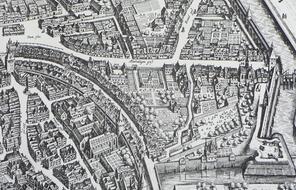
Resources for Civic Education in California
Explore resources that meet the California History–Social Science Framework standards.

Latinx Rights in 1960s California
Explore two pivotal moments in the Latinx rights movement in California: the East LA school walkouts and the first year of the Delano grape strike.
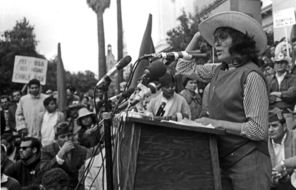
Discussing Contemporary Antisemitism in the Classroom
This unit is designed to help students in the UK reflect on how antisemitism manifests in contemporary society and what needs to be done to challenge it.
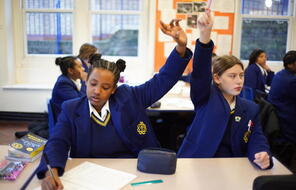
Resources for Civic Education in Massachusetts
Explore resources that meet the Massachusetts History and Social Science Framework.
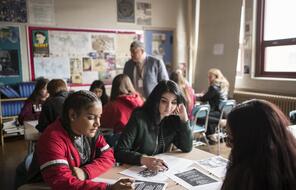
Support for NYC DOE Implicit Bias Workshops
This collection features resources to further equity and justice in New York City public schools.

Confronting Online Antisemitism
Use these resources to help students recognize and address online antisemitism.
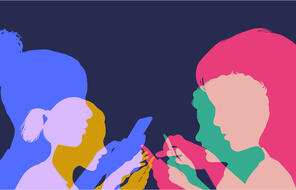
Democracy and Freedom: US History Capstone Project
This capstone project invites students to reflect on their own role in a democracy in light of what they’ve learned about freedom and democracy in US history.

Teaching about Hate Crimes and Their Impacts
This unit helps students understand what hate crimes are, the ways they impact individuals and communities, and what people can do to foster belonging and counteract hate.
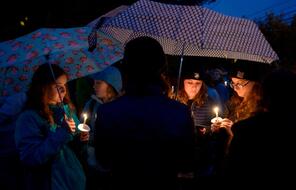
The Holocaust and Jewish Communities in Wartime North Africa
Explore the impact of the Holocaust and World War II on Jewish communities in North Africa in this 3-lesson mini-unit.
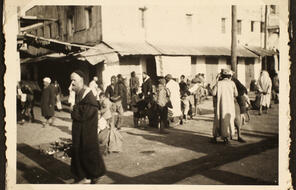
Developing Media Literacy for Well-being, Relationships and Democracy
Teach students about media literacy, helping them develop as critical consumers and creators of information, in order to support their well-being, their relationships and our democracy.
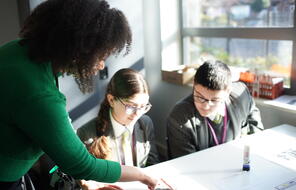
From Fitting In to Belonging: Understanding the Forces That Shape Belonging
Designed for students in grades 7 and 8, this text set includes lesson plans and multi-genre texts for a two-week unit exploring the essential questions, “What are the forces that shape belonging? How can we reduce barriers to belonging for ourselves and others?”
